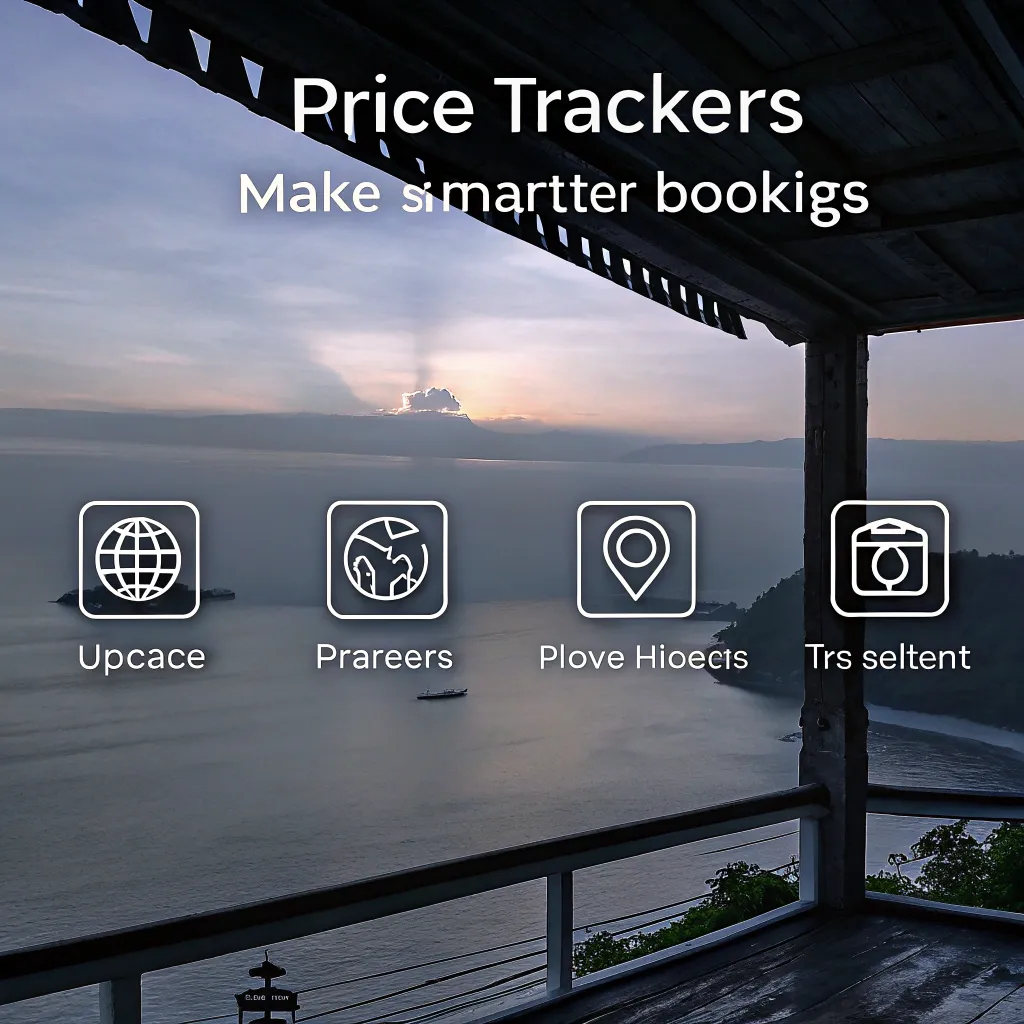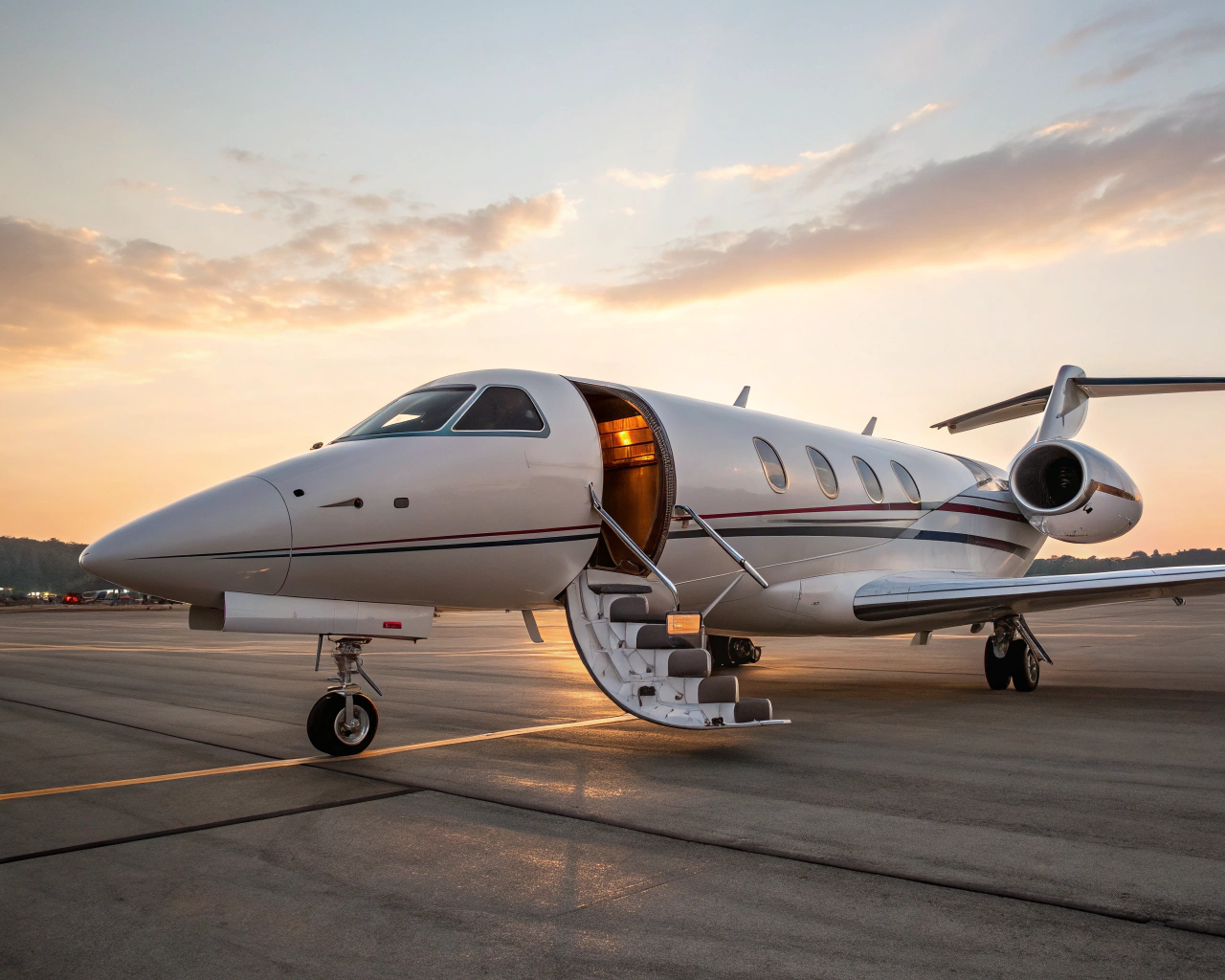Finding the best deals on flights, hotels, and other travel bookings can feel like hunting for a needle in a haystack. Prices fluctuate constantly, and without the right tools, you might end up paying more than necessary. That's where price trackers and alerts come in – they've completely changed how savvy travelers book their trips and can save you hundreds of dollars with minimal effort.
How Price Trackers Work: Behind the Technology
Price tracking tools use sophisticated algorithms to monitor price changes across various booking platforms. These tools collect massive amounts of historical pricing data, allowing them to identify patterns and predict when prices might drop or rise.
When you set up a price tracker, you're essentially asking the system to keep an eye on specific routes, dates, or accommodations that interest you. The tracker continuously monitors these parameters and notifies you when there's a significant price change or when prices hit your desired threshold.
"Price tracking technologies have evolved tremendously in recent years," explains travel technology expert James Morrison. "What used to require manual checking across dozens of websites can now be automated with remarkable accuracy."

The most advanced trackers don't just monitor current prices – they analyze historical trends, seasonal patterns, and even factors like fuel costs and demand fluctuations to provide intelligent predictions about future price movements.
Different Types of Price Alerts
Not all price trackers work the same way. Here are the main types you'll encounter:
- Route-based alerts - Track prices for specific origin-destination pairs regardless of dates
- Date-specific alerts - Monitor prices for particular travel dates
- Price-threshold alerts - Notify you when prices fall below an amount you specify
- Price-drop alerts - Alert you to any significant decrease in price
- Fare mistake alerts - Specialized alerts for pricing errors that result in unusually low fares
Each type serves different needs. If your travel dates are flexible, route-based alerts might work best. If you need to travel on specific dates, date-specific alerts are more appropriate.
Top Price Tracking Tools for Flights

Google Flights
Google Flights has become one of the most powerful and user-friendly flight price tracking tools available. What makes it particularly useful is its comprehensive price insights feature, which shows you whether the current fare is high, typical, or low compared to historical data.
To set up price tracking on Google Flights:
- Search for your desired route and dates
- Toggle the "Track prices" button
- Receive email notifications when prices change significantly
Google Flights also provides a helpful price graph that displays fare trends over time, allowing you to identify the cheapest days to fly. According to Google's travel blog, users who enable price tracking can save an average of 15% on their bookings.
Hopper
Hopper takes a slightly different approach, focusing primarily on mobile users. The app uses predictive analytics to forecast price changes with impressive accuracy.
"Hopper's color-coded calendar is incredibly intuitive," says frequent traveler Sarah Jenkins. "I saved nearly $200 on my last international flight by waiting for the price drop that Hopper predicted."
What separates Hopper from competitors is its "Watch" feature, which doesn't just track prices but actually recommends whether you should book now or wait for a better deal. According to SmarterTravel, Hopper claims its predictions are 95% accurate, making it one of the most reliable tools for price forecasting.
Going (Formerly Scott's Cheap Flights)
Going specializes in finding exceptionally low fares, including mistake fares that airlines occasionally publish. While not a traditional tracker that monitors specific routes you input, Going sends alerts for outstanding deals from airports you select.
The service offers both free and premium tiers, with premium subscribers getting access to more deals and exclusive features. According to Going's guide on price alerts, their team of flight experts manually verifies each deal, ensuring the alerts you receive are actually bookable and represent genuine savings.
Hotel and Accommodation Price Trackers
Flight prices aren't the only travel expenses worth tracking. Hotel rates can fluctuate just as dramatically, and several tools help monitor these changes.
Kayak
Beyond flights, Kayak offers robust hotel price tracking. Their system analyzes price trends for specific properties and locations, sending alerts when rates drop. What's particularly useful is Kayak's price forecast feature, which recommends whether you should book now or wait based on predicted price movements.
Hotelwatchdog
This service, affiliated with Airfarewatchdog, specializes exclusively in hotel price tracking. It monitors rates across major booking platforms and alerts you when prices drop for properties you're watching. The service also highlights exceptional deals in destinations you're interested in, even if you haven't specified particular hotels.
One thing I've noticed personally is that hotel prices tend to fluctuate even more than flight prices in certain destinations. Last summer, I tracked a beach resort in Florida and watched the price swing by nearly $100 per night within a single week!
Setting Up Effective Price Alerts: Best Practices
To get the most out of price trackers, you need to set them up strategically. Here are some tips from my experience and expert recommendations:
Start Tracking Early
Begin monitoring prices as early as possible – ideally 3-6 months before your travel dates for international trips and 1-3 months for domestic travel. This gives you the maximum opportunity to catch price drops.
"The biggest mistake travelers make is waiting too long to set up alerts," says travel analyst Maria Rodriguez. "Airlines often release their best deals 3-4 months in advance, and if you're not tracking by then, you might miss them."
Set Realistic Price Thresholds
When using threshold-based alerts, research average fares for your route first. Setting unrealistically low thresholds means you might never receive alerts, while thresholds that are too high defeat the purpose of tracking.
Track Multiple Date Combinations
If you have any flexibility, set up alerts for several date combinations. Even shifting your trip by a day or two can sometimes result in significant savings.
Don't Ignore Nearby Airports
Major cities often have multiple airports, and prices can vary dramatically between them. Make sure your tracking includes all viable alternatives.
How Do I Know When to Book?
One of the most common questions travelers ask is: "Should I book now or wait for a better price?" While price trackers provide valuable data, interpreting that information requires some understanding of booking patterns.
The Booking Window Sweet Spot
For domestic flights, prices typically hit their lowest point 3-7 weeks before departure. International flights tend to be cheapest 2-4 months in advance. However, these are general guidelines, and specific routes may follow different patterns.
Google Flights provides helpful insights here, showing whether current prices are high, typical, or low compared to historical data for your specific route. If prices are already showing as "low," that's often a good indicator to book.
Recognizing a Good Deal
How do you know if the price you're seeing is actually good? This is where historical data becomes invaluable. Tools like Google Flights and Hopper show you how current prices compare to the average for your route, helping you recognize when you've found a deal worth grabbing.
According to research from Going, for international economy flights, a good rule of thumb is:
- To Europe: Under $600 from the East Coast, under $700 from the Midwest, under $800 from the West Coast
- To Asia: Under $800 from the West Coast, under $1,000 from elsewhere
- To South America: Under $600 from Miami, under $800 from elsewhere
These benchmarks can help you set reasonable price alerts and recognize when to book.
What About Last-Minute Deals?
Contrary to popular belief, waiting until the last minute rarely results in better prices, especially for flights. Airlines know that last-minute bookers are often business travelers with less price sensitivity, so they typically raise fares as the departure date approaches.
That said, there are exceptions. Hotels sometimes drop rates dramatically to fill unsold rooms, and cruise lines occasionally offer steep discounts on unsold cabins. If you're truly flexible and willing to travel on short notice, services like HotelTonight specialize in last-minute accommodation deals.
Common Questions About Price Trackers
Are Price Predictions Really Accurate?
This is perhaps the most common question travelers have about price tracking tools. While no prediction can be 100% accurate due to the complex and sometimes unpredictable nature of travel pricing, the leading tools have become remarkably reliable.
Hopper claims 95% accuracy for its predictions, which is impressive considering the variables involved. Google Flights doesn't provide specific accuracy figures but uses Google's massive data capabilities to identify patterns and make recommendations.
"Price prediction algorithms have improved dramatically in recent years," notes travel technology researcher Dr. Lisa Chen. "They now incorporate not just historical pricing data but also factors like seasonal trends, events at destinations, and even economic indicators that might affect travel demand."
That said, unexpected events can always disrupt predictions. A major news event, sudden changes in fuel prices, or airline policy shifts can cause prices to move in unpredicted ways. The best approach is to use predictions as guidelines rather than guarantees.
Maximizing Savings Beyond Price Tracking
While price trackers are powerful tools, combining them with other money-saving strategies can maximize your savings:
Leverage Fare Flexibility Programs
Some airlines now offer fare flexibility programs that allow you to lock in a price temporarily while you decide whether to book. United's FareLock and American's 24-hour hold option can give you time to consider a fare without risking a price increase.
Stack Deals with Credit Card Rewards
Many travel credit cards offer points multipliers for travel purchases. By booking when prices drop and paying with the right card, you can essentially double-dip on savings.
The Chase Sapphire Reserve, for example, offers 3x points on travel purchases, effectively giving you an additional 4.5% back when you redeem through Chase's travel portal.
Consider Hidden-City Ticketing (With Caution)
Tools like Skiplagged identify "hidden city" tickets – where a flight with a connection is cheaper than a direct flight to your actual destination. You simply get off at the connection city and skip the final leg.
This practice is frowned upon by airlines and comes with risks (you can't check bags, and return flights may be canceled if you miss a segment), but it can sometimes offer substantial savings.
The Future of Price Tracking
The technology behind price tracking continues to evolve rapidly. Here are some trends to watch:
AI-Powered Personalized Recommendations
Machine learning algorithms are increasingly able to understand individual travel preferences and provide tailored recommendations. Future price trackers might not just tell you when prices drop but suggest alternative destinations based on your interests and budget.
Integration with Voice Assistants
Voice-activated assistants like Alexa and Google Assistant are beginning to integrate travel booking capabilities. Soon, you might simply ask your smart speaker to track flight prices and receive verbal updates on price changes.
Blockchain for Price Transparency
Some travel technology companies are exploring blockchain solutions to create more transparent pricing systems. This could potentially reduce the volatility of travel prices and make tracking more predictable.
Final Thoughts: The Psychology of Price Tracking
There's an interesting psychological aspect to price tracking that's worth considering. While these tools can save you money, they can also create anxiety as you watch prices fluctuate.
"Some travelers become obsessed with getting the absolute lowest price," observes travel psychologist Dr. Martin Hayes. "They end up spending hours monitoring prices and feeling disappointed if they book and then see the price drop further."
To avoid this, set clear parameters for yourself. Decide on a price that would make you happy, and book when it hits that level, regardless of whether it might drop further. Remember that the goal is not just saving money but also reducing stress and enjoying the anticipation of your trip.
Price trackers and alerts have fundamentally changed how savvy travelers book their journeys. By leveraging these tools effectively, you can ensure you're getting good value without spending countless hours manually checking prices. The time you save can be better spent planning the experiences that will make your trip memorable – after all, that's what travel is really about.
Have you used price trackers to save on travel bookings? What's the biggest discount you've scored? Share your experiences in the comments below!






